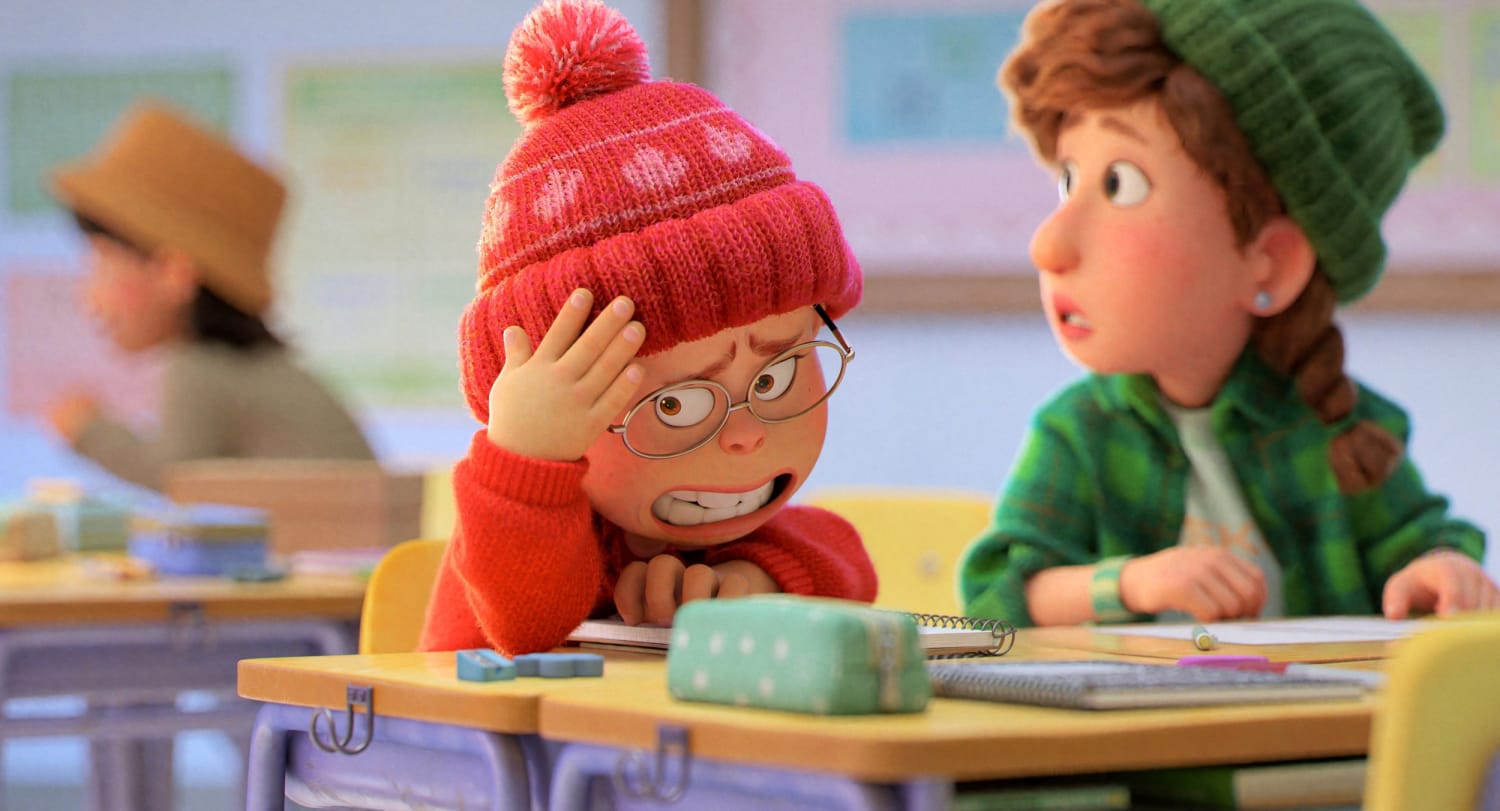
“Turning Red” marks the 25th film from Pixar since it launched with the ’90s classic “Toy Story.” Since its foray into the land of talking toys, Pixar has become known for cutting-edge computer animated films that, despite their machine generated visuals, leave audiences sobbing. And “Turning Red” is no exception. A coming-of-age allegory for puberty that manages to deal with teenage girl sexuality without ever overtly sexualizing the character, this is a film that feels special — even as we need more like it.
Pixar has become known for cutting-edge computer animated films that, despite their machine generated visuals, leave audiences sobbing.
Notably, Pixar has been working to expand the voices that tell its stories. “Turning Red” is directed by Chinese Canadian animator Domee Shi, whose Pixar short, “Bao,” opened in front of “Incredibles 2” and took home an Academy Award.
The film centers on middle schooler Mei (Rosalie Chiang), a 13-year-old Chinese Canadian living in Toronto in the early 2000s. In what feels like a Lisa Frank-meets-Kafka moment, she wakes up one morning to find herself inexplicably transformed into a huge but cuddly red panda.
Of course, it’s not actually inexplicable — the night before, her mother Ming (Sandra Oh), unable to handle her daughter’s burgeoning hormones, thoughtlessly humiliated her in front of her classmates. Torn between contradictory emotions and bonds, Mei literally swore off having feelings ever again.
Thankfully, unlike Kafka, this is a temporary situation — with a genetic solution. As Mei learns, every woman in her family goes through sudden explosions of red fuzzies whenever they’re emotional. Mei’s mother kindly but sternly tells her daughter these feeling can be contained and tamed with a magic ritual, which the girl agrees to. (After all, one cannot go see their favorite boy band in person if it’s going to cause a bear attack.) But when Mei’s friends find out about her secret, they don’t shun her. Instead, they embrace their sometimes-a-panda bud, and Mei finds herself stuck. Should she be a dutiful daughter and complete the magic ritual, or should she discover herself — wherever that leads?
Coming-of-age stories are not, in and of themselves, rare. But animated films, both on the big and the small screens, usually default to male characters. Looking down the list of Pixar’s previous films, some of the few stories that don’t fit that mold are the traditional Disney princess film “Brave” and the radical ensemble cast of “Inside Out.”
Coming of age stories are not rare. But animated films, both on the big and small screen, usually default to male characters.
Each of the female characters in “Turning Red” are unique and well-rounded. From alpha clique leader Miriam (Ava Morse) to the snarkily deadpan Priya (Maitreyi Ramakrishnan), to dreamy Abby (Hyein Park), each girl feels like a real individual person and not an archetype. Mei, too, is rendered with a cultural specificity that both makes her story feel distinctive, while also portraying a general experience that is deeply universal.
Also, female characters aren’t usually that supportive of each other. In “Brave,” Merida and her mother are at odds; in “Inside Out,” Sadness, Joy and Disgust often are, too. “Turning Red” is all about girls who like each other — and remarkably, for a Disney product, a mother-daughter pairing who genuinely love and respect each other even as they struggle with conflicting desires. Ming is no evil stepmother, for all her inability to see that Mei is no longer a child.
Even more remarkable: This is a story about teen female sexuality that never once feels prurient, exploitative or in any way hypersexualized. Of course, it is a Disney production, and we’re dealing with a teenager whose pubescent feelings turn her into an oversized snugglebug. (Also, “releasing the red panda” needs to be the new go-to euphemism for menstrual cycle.) But it has been remarkable to see white male critics flounder to relate. Art doesn’t need to be universally understood to have value — just look at our countless male-centered myths. But clearly, we need more stories like this one.
It’s long been a Hollywood truism that centering women in coming-of-age stories guarantees that men will not watch them. “Turning Red” is a film that says fluff to all that. It’s unfortunate that Disney has decided to stop releasing Pixar films in theaters, so there will be no box office numbers to measure the film’s financial success. We could all use a little time to discover our inner pandas.
Source: | This article originally belongs to Nbcnews.com










